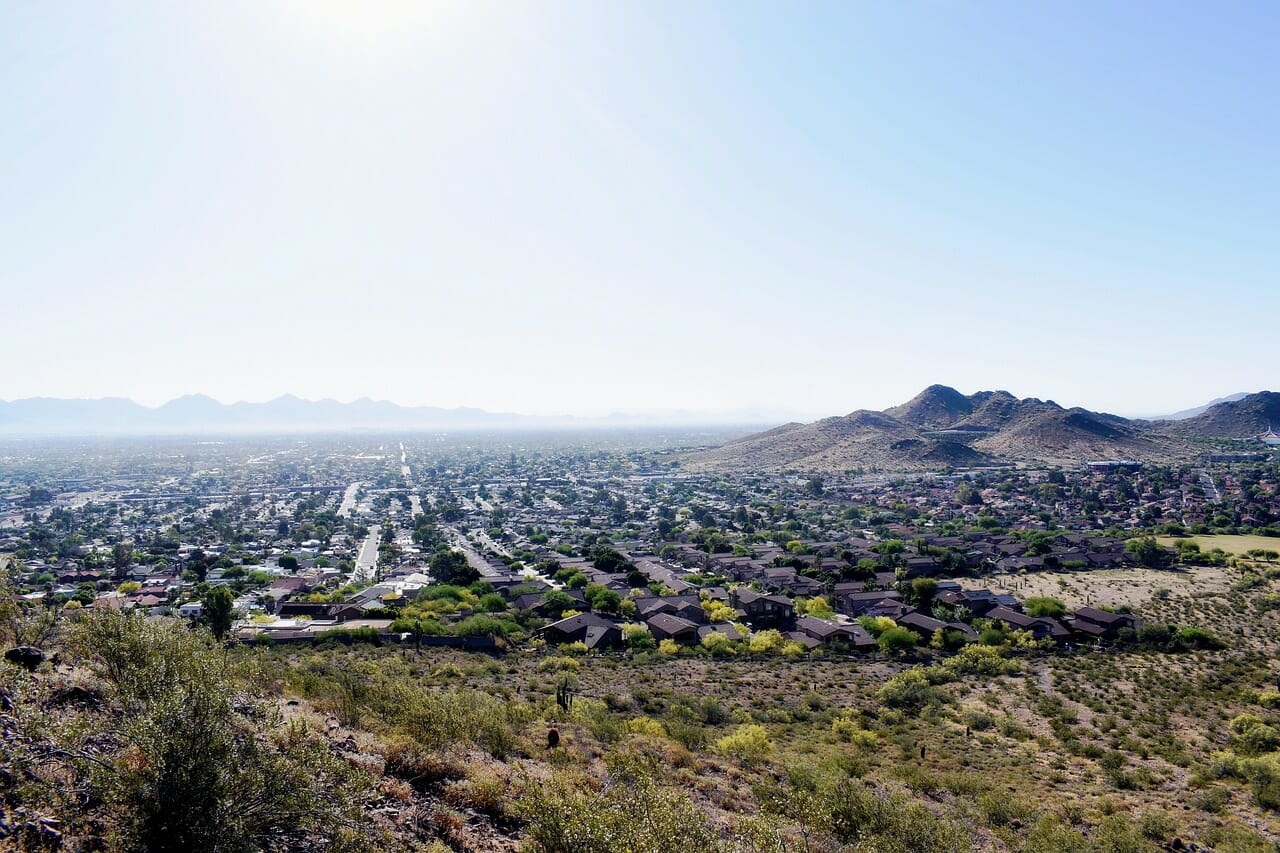Arizona has become a magnet for a significant migration wave, with Phoenix at the epicenter of this population boom.
The population has increased by 11% over the past decade, outpacing the national growth rate, according to the U.S. Census Bureau.
LEARN MORE: These 4 Valley cities rank among 15 fastest-growing cities in U.S.
This influx of residents brings significant economic growth to the state of Arizona as well.
Over the past decade, employment increased by 492,645 jobs, to 3,030,216 jobs in 2020 from 2,537,571 jobs in 2010.
Additionally, the median sales price for all housing types during the month of May this year was down 3.2% from a year ago at $350,390, according to the Arizona Association of Realtors.
Phoenix, as the state’s capital and largest city, has borne the brunt of this growth. The Greater Phoenix Chamber reports that the metro area’s population swelled to nearly 5 million, making it the fifth most populous city in the United States.
For many, the move to Phoenix is fueled by job opportunities and economic growth. Frank Doyle, the vice president of sales for an engineering company, explained the reason for his move to the Phoenix area.
“I kept hearing a kind of buzz around jobs in Arizona,” Doyle said. “There were opportunities here, so I took one and moved to Phoenix and so far it’s been great.”
According to experts, Arizona is projected to keep rising in employment and job creation rates.
The state Office of Economic Opportunity predicts that Arizona will add about 477,968 jobs over the next 10 years.
This recent economic growth is marked by a significant number of new residents to the state, an increase in job opportunities, and a thriving real estate market.
Andreas Kostol, an economics professor at Arizona State University, elaborated on the connection between economic growth, and a population influx.
“The easiest way to explain how it works is that population growth leads to economic growth,” Kostol said. “And economic growth attracts population growth.”
It’s important to note that there are other factors that affect economic and population growth, but they have an incredibly close relationship, Kostol said.
Experts say that the recent increase in Arizona residents is also partially accredited to a thriving real estate market.
The Arizona Regional Multiple Listing Service provides a glimpse into the state’s housing market dynamics. Home sales have seen a steady increase, with a notable surge in demand.
Median home prices have risen, reaching $350,000, well below the national average.
This affordability, coupled with a growing demand for housing, has propelled Arizona into a vibrant real estate market, attracting both buyers and investors.
Phoenix real estate agent Andrew Piane, commented on the nature of Arizona’s current housing market.
“I tell all my clients it’s a buyers’ market right now,” Piane said. “The market is great, and more than that there is a surplus of people looking to find a home.”




